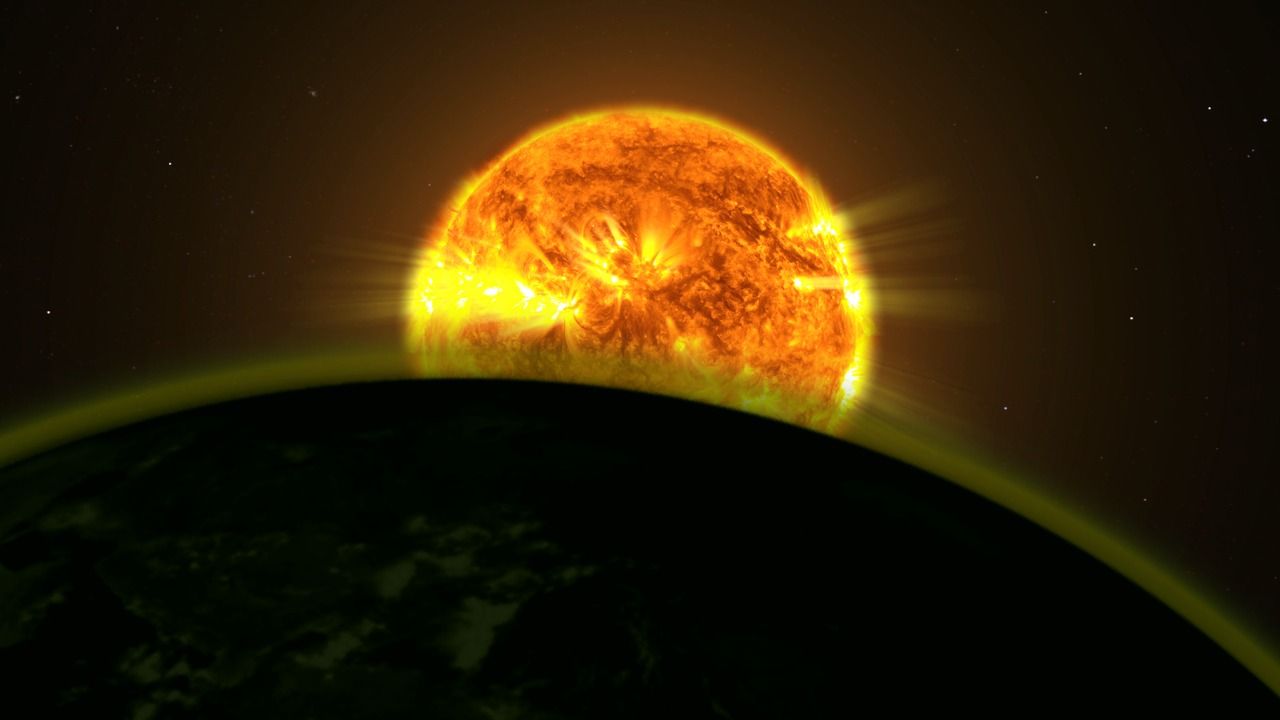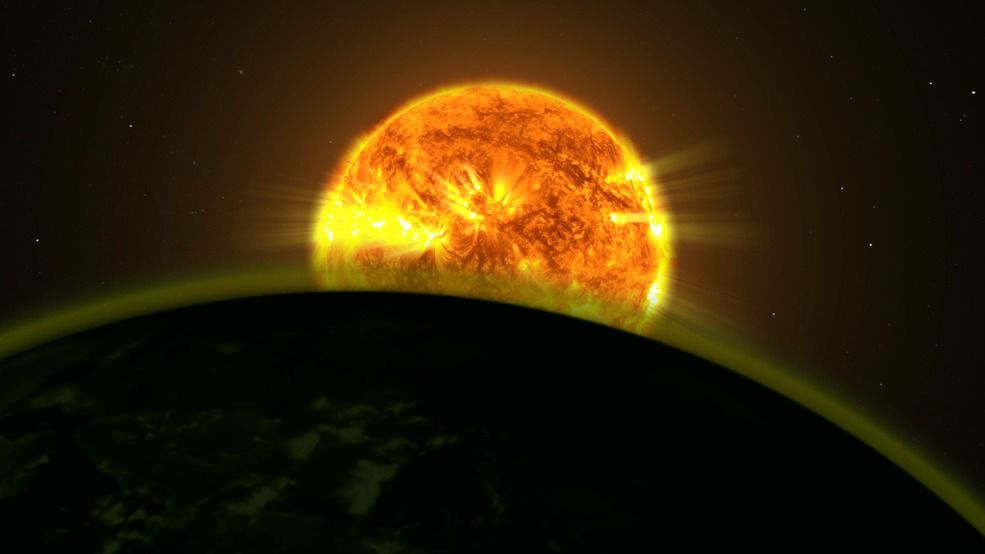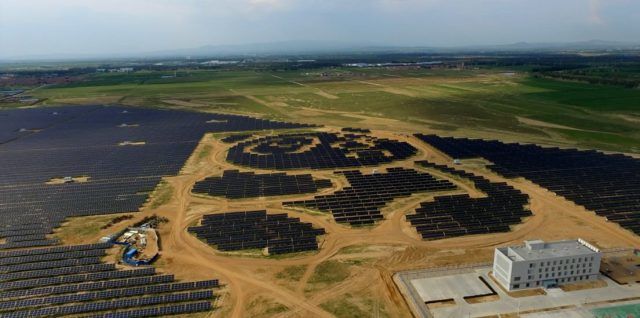NASA’s new X3 thruster, which is being developed by researchers at the University of Michigan in collaboration with the agency and the US Air Force, has broken records in recent test. It’s hoped that the technology could be used to ferry humans to Mars.
The X3 is a type of Hall thruster, a design that uses a stream of ions to propel a spacecraft. Plasma is expelled to generate thrust, producing far greater speeds than are possible with chemical propulsion rockets, according to NASA.
A chemical rocket tops out at around five kilometers per second (3.1 miles/sec), while a Hall thruster can reach speeds of up to 40 kilometers per second (25 miles/sec).








